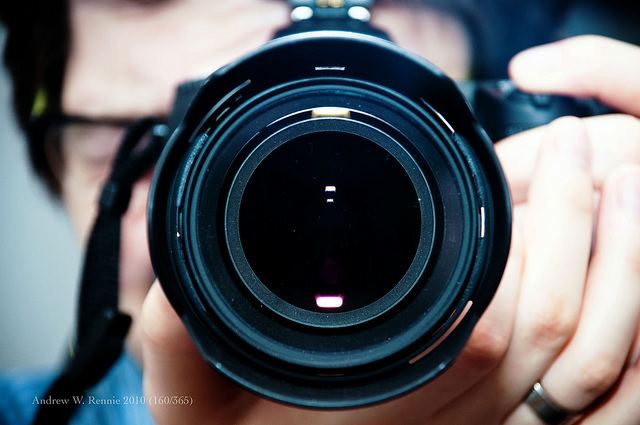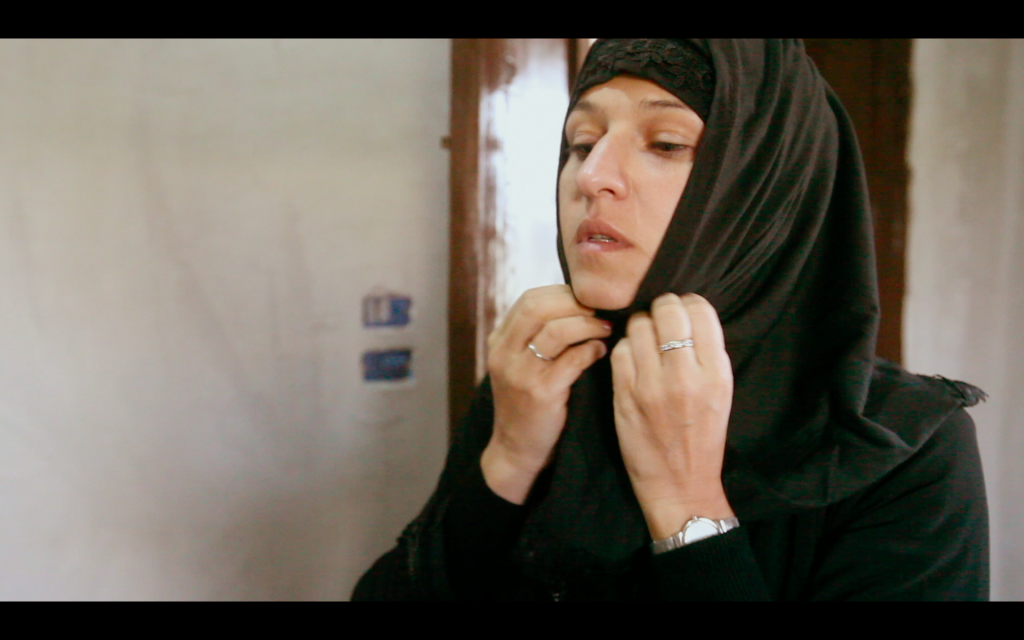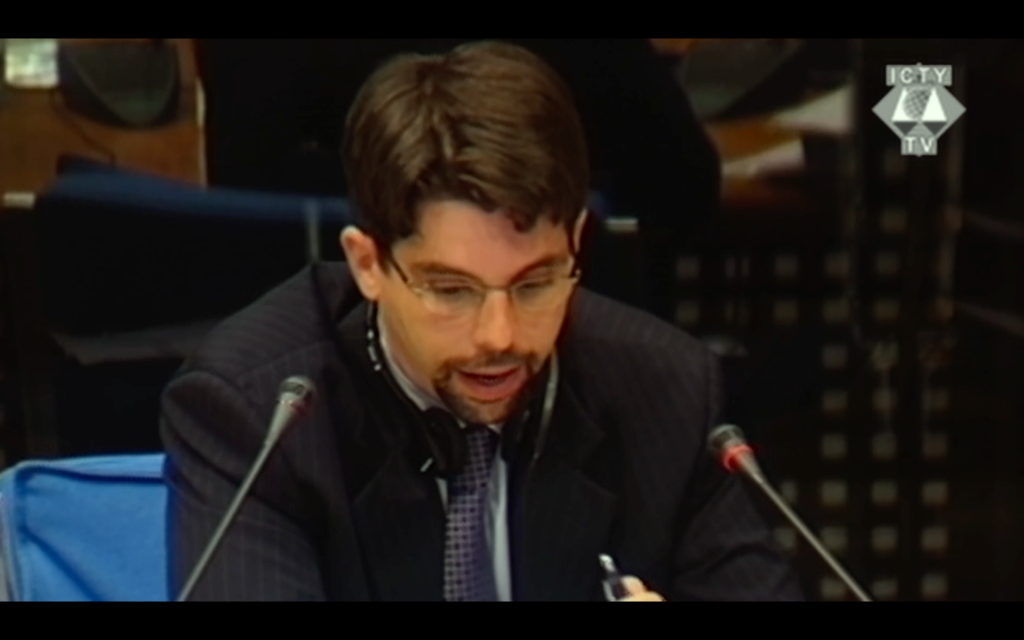In making documentary films, we frequently use the word “document” as a verb. When we write treatments of our proposed films, we say things like: “In this film, we will document the work of human rights investigators,” and what we mean is that we are going to record the sound and image of events taking place and the resulting work will be a document of certain events.
When Ross Kauffman and I co-directed our film E-TEAM, we were in the unusual position of following a group of intrepid emergency researchers at Human Rights Watch (the film’s title is their nickname) as they worked to gather evidence on alleged human rights violations. You could say we were documenting the documenters.
Following the researchers and their work took us to remote locations in Syria and Libya in order to make a portrait of the E-Team’s extraordinary work. But some people were puzzled by our approach. In fact, some colleagues asked us, why don’t you just film the events in Syria themselves? Why film other people taking notes and asking questions?
I was initially surprised by this question. Eventually, I realized that moviegoers have absorbed the idea that the camera itself is a documenting agent, and expect the people doing the documenting—in this case the E-Team members—to be left out of the picture. In fact, this extra layer that we included, in portraying how a group of investigators might go about the act of documenting, helped to shine a light on how fraught and difficult the act of documentation often is.
It’s worth taking a minute to talk about the differences between what we as artists did documenting events in the film and what the E-Team does documenting human rights abuses. The E-Team members we followed—Fred, Peter, Anna and Ole—are searching for “evidence” to “corroborate” key “facts” that they have “documented.” Ross and I never use words like “evidence” or “corroborate” in our work, and we rarely use the word “facts,” because we see ourselves as storytellers first and foremost, and we are aware that our artistic judgment is subjective.
We are seeking a humanist truth in what our film conveys, but we are not out to prove any particular “facts,” per se. That said, the process of editing requires us to make many choices in what we include in the final film and what we leave out. These choices shape what the film puts forth as truth. In our case, we selected moments in our footage those that helped to delineate character, because to us that’s what makes good movies. We wanted the audience to get to know Fred, Peter, Anna and Ole. We knew that in order for the film to work as a film, viewers had to understand something about their work, and therefore something about the problems of human rights abuses, and something about the struggles of civilians in Libya and Syria.
But Ross and I were not in the business of documenting those struggles. The E-Team members were doing that and so was the news media. We chose to include elements of archival news footage throughout the film as an acknowledgement that others were already documenting these events. What we were showing with our film were the people behind the scenes whose work led to these revelations on the news.
We wanted these characters to come alive and that’s why we included details like Anna figuring out how to put an abaya on to cover her hair in order to travel in Syria, or the interpreter in Syria telling Anna and Ole that King Lear is his favorite play. These moments don’t document human rights abuses, but they help to make the film real.
Making something real is what documenting is all about. It’s a key principle that we as filmmakers shared with the E-Team investigators. We were both asking ourselves: How do we make this feel real to others? And the answers were the same for us as they were for Anna, Fred, Peter, and Ole: we need to document it, show it, lay it plain.
Toward the end of the film, there is an essential moment when Fred, the first E-Team member, reflects back on how this emergency work got started back in the late 1990s. We follow him back in time as he remembers gathering evidence through meticulous first-person interviews that proved that Slobodan Milošević was allowing the mass murder of civilians in towns like Gornje Obrinje in Kosovo. Several years later, Fred’s documents served a pivotal role in Milošević’s trial for crimes against humanity in The Hague.
As filmmakers, we rely on others’ documentation of past events to flesh out historical stories and we were lucky enough to be able to use video footage that the Yugoslav Tribunal has preserved, which shows Fred testifying directly to Milošević. In this case, the documenting that Fred and his colleagues had done was a key element in establishing that the story of Milošević’s genocide was real. And the fact that the video documentation of Fred’s testimony exists enabled us as filmmakers to help viewers get a full picture of the real Fred.
This essay is one of a series in this issue that addresses the role of archives in documenting conflict, culture, and history-in-the-making. You can read further essays from NYU Fales Library senior archivist Lisa Darms here and WITNESS senior archivist Yvonne Ng here.
•
 Katy Chevigny is an award-winning filmmaker and a co-founder of Big Mouth Productions and Arts Engine. The documentary film, E-TEAM, directed by Chevigny and Ross Kauffman, is currently available to stream on Netflix and to purchase for educational use.
Katy Chevigny is an award-winning filmmaker and a co-founder of Big Mouth Productions and Arts Engine. The documentary film, E-TEAM, directed by Chevigny and Ross Kauffman, is currently available to stream on Netflix and to purchase for educational use.



